15 Things You Don't Know About Pepperidge Farm
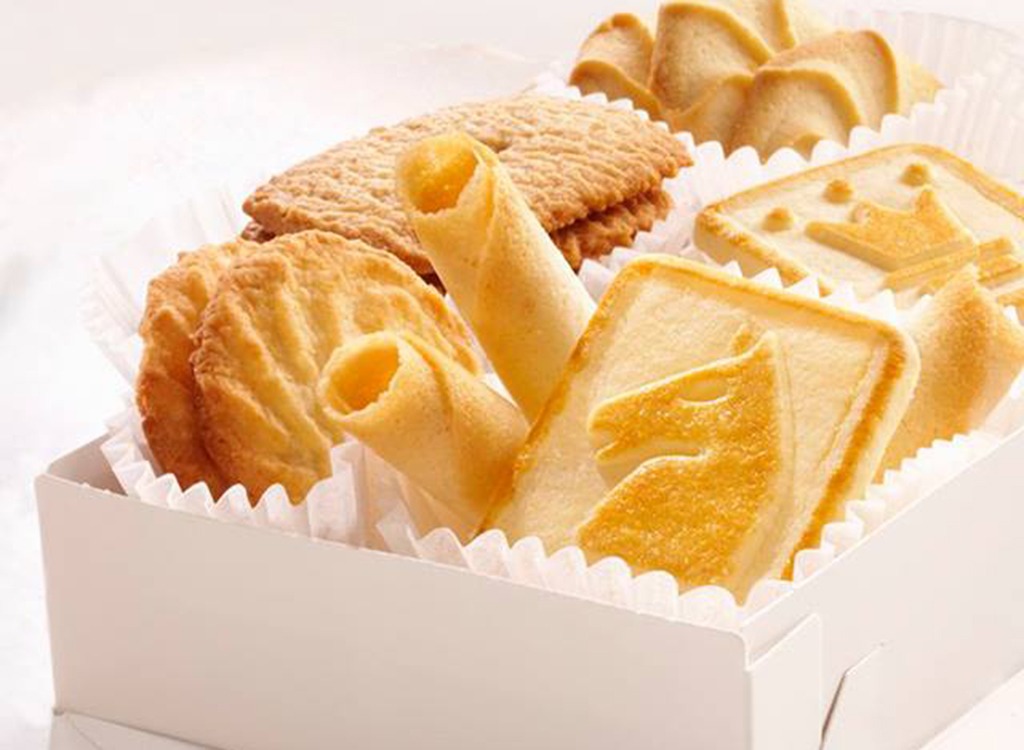
If you've eaten a cookie, cracker, or piece of bread during your lifetime, odds are you're familiar with Pepperidge Farm products. Since the company was founded in Connecticut in 1937, Pepperidge Farm has been producing an ever-expanding array of products that are served in millions of homes around the world each year. For many fans of Goldfish crackers, Milano cookies, and the brand's multi-grain breads, Pepperidge Farm is a mealtime staple.
While Pepperidge Farm may have name recognition, there's a whole lot of fascinating history behind the brand that even its most devoted fans may not know —a lot can happen in 80 years, after all. From breaking records to blasting off into space, Pepperidge Farm has been changing the landscape of American food, one baked good at a time. We've rounded up our 15 favorite facts about this fascinating brand. Just make sure that before you bring your next box of baked goods home, you've read up on the 18 Best and Worst Chocolate Chip Cookies first!
Pepperidge Farm is a Real Place
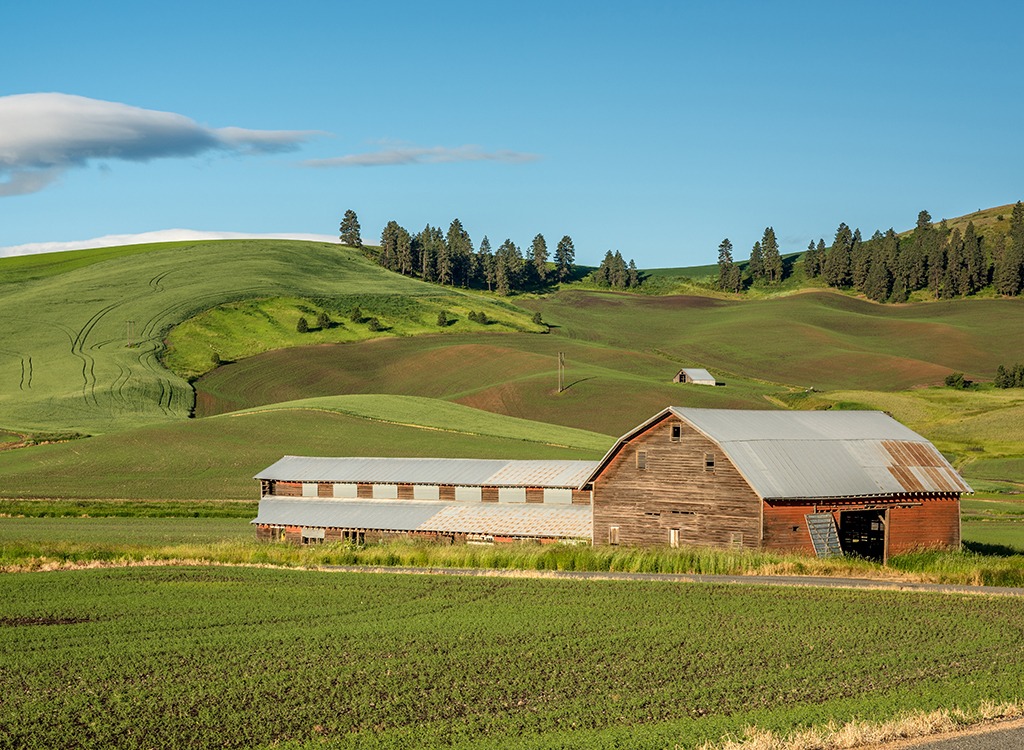
While many companies choose names based on market research or to promote a particular image, Pepperidge Farm's name is as home-grown as they come. Pepperidge Farm is the name of founder Margaret Rudkin's Fairfield, Connecticut property where the brand's first loaf of bread was baked. The farm, which takes its name from the pepperidge trees native to the property, continued as the brand's base of operations until its popularity made a larger space necessary.
The Company's Logo Depicts A Different Farm
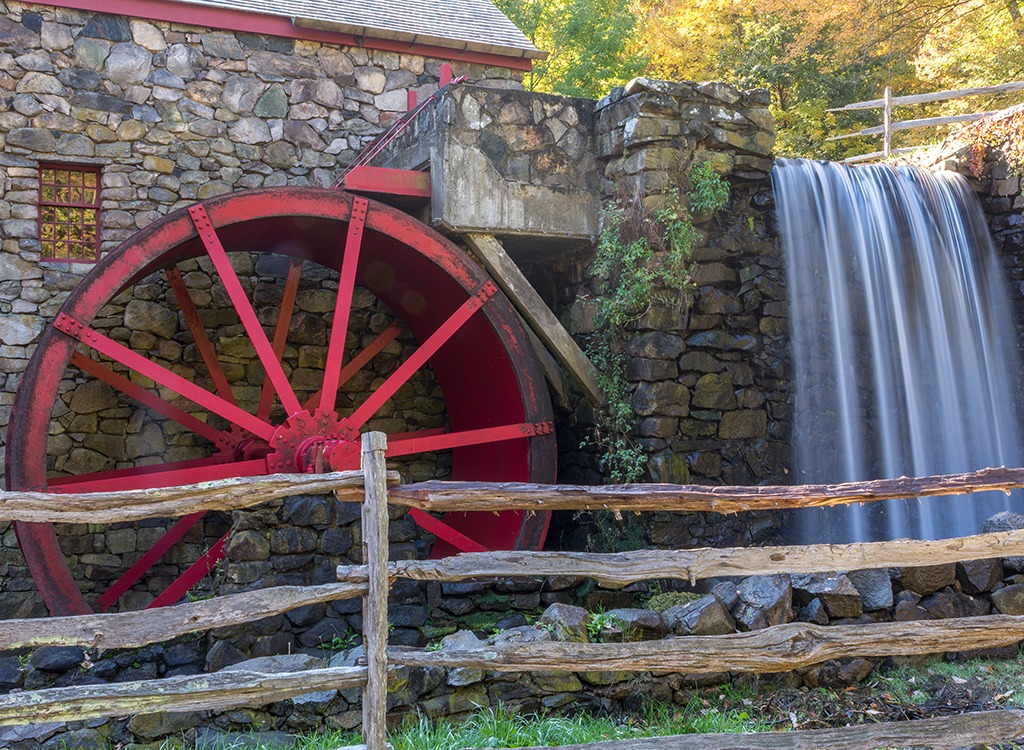
Pepperidge Farm may be a real place, but the mill image that's been on the brand's logo since the 1950s isn't it. The Pepperidge Farm logo is actually based on the Grist Mill at the Wayside Inn in Sudbury, Massachusetts, which now serves as a historic site, museum, and popular wedding venue.
Their First Product Was Whole Wheat Bread

Pepperidge Farm's cookies may be their most famous products today, but the company initially started making less-sweet baked goods. In fact, the first product the brand ever made was whole wheat bread, which it continues to produce today. Thanks to founder Margaret Rudkin's penchant for healthy, whole ingredients, the brand's loaves were more than twice as expensive as the usual $.10 price for bread at the time, earning Pepperidge Farm a reputation as a premium product.
Pepperidge Farm Was Founded as a Labor of Love
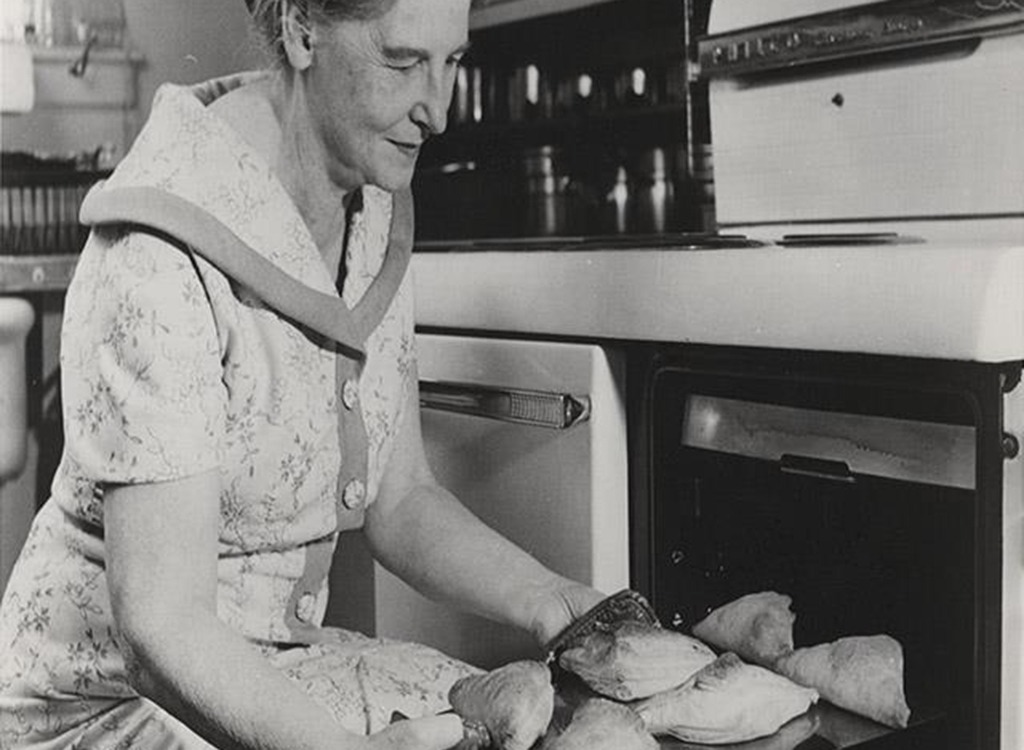
Pepperidge Farm's founder, Margaret Rudkin, initially started baking so that her son, who suffered from asthma and a number of food allergies made worse by chemical preservatives, could still enjoy bread. After Margaret spoke to her son's doctor about her business, he began telling his patients about her products, and the brand exploded from there.
The Company Started as a Family Operation

Long before the days of Pepperidge Farm delivery trucks and overseas shipping, the business grew as a mom-and-pop operation. Margaret Rudkin's husband, a broker on Wall Street, used to bring 24 loaves of his wife's bread to Charles & Company, supermarket near his job in downtown Manhattan, during the company's early years. Later on, he gave up the long commute and grueling schedule, taking a job as Pepperidge Farm's chairman of the board after the brand took off. Did you know that Waffle House has a similar origin story? That's just one of the 15 Things You Don't Know About Waffle House!
Pepperidge Farm Bread Has Gone to Space

Even astronauts love Pepperidge Farm's products! Pepperidge Farm bread blasted off on the Apollo 13 and 14 missions in the 1970s. Goldfish crackers followed suit over a decade later, earning a spot on the Space Shuttle Discovery in 1988.
Their Cookbook is a New York Times Bestseller

In 1963, Pepperidge Farm founder Margaret Rudkin set her sights on print publishing, making history in the process. The Margaret Rudkin Pepperidge Farm Cookbook was such a runaway success that it became the first cookbook to earn a spot on the New York Times bestseller list.
Their Cookies Were Inspired By Family Vacations
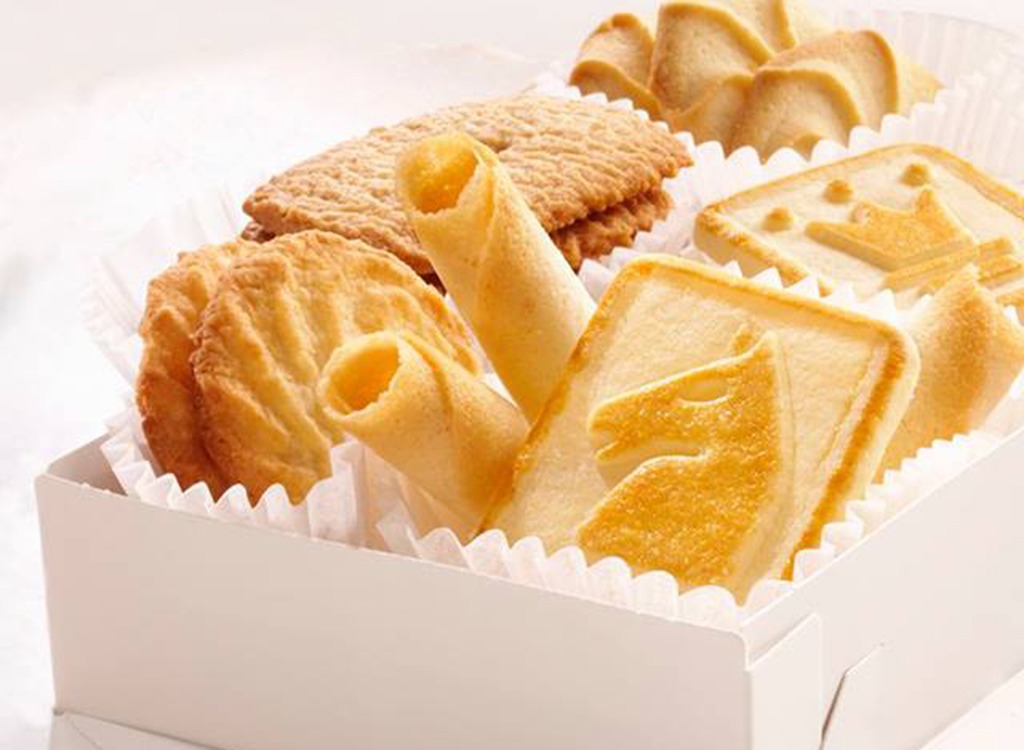
Pepperidge Farm tends to favor place names for its products, but names aren't just chosen for how they roll off the tongue. The company's European-inspired line of products, including the Brussels, Bordeaux, Geneva, and Milano cookies, were conceived after Margaret Rudkin's trip to Europe on the Queen Mary, during which she explored the continent's bakeries on a so-called "tasting trip."
Milano Cookies Have a Different Name in Canada
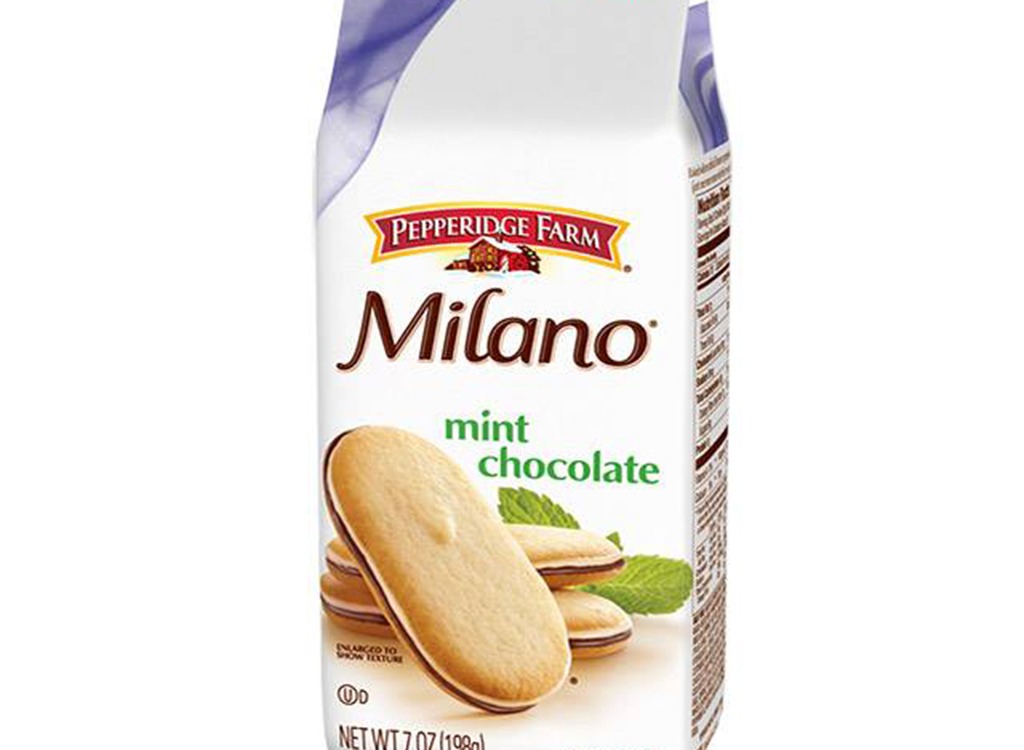
Fans of Milano cookies may be shocked to discover their beloved dessert is known by a different name to America's neighbors to the north. In Canada, Milanos are referred to as Monacos. The popular cookie wasn't always a sandwich cookie, either; it's actually a take on Pepperidge Farm's Naples cookie, which is a cookie topped with chocolate. After discovering that the Naples cookies would stick together in the package during shipping, Pepperidge Farm decided to sandwich them together with the chocolate on the inside, and thus the Milano was born.
The Business Expanded Rapidly
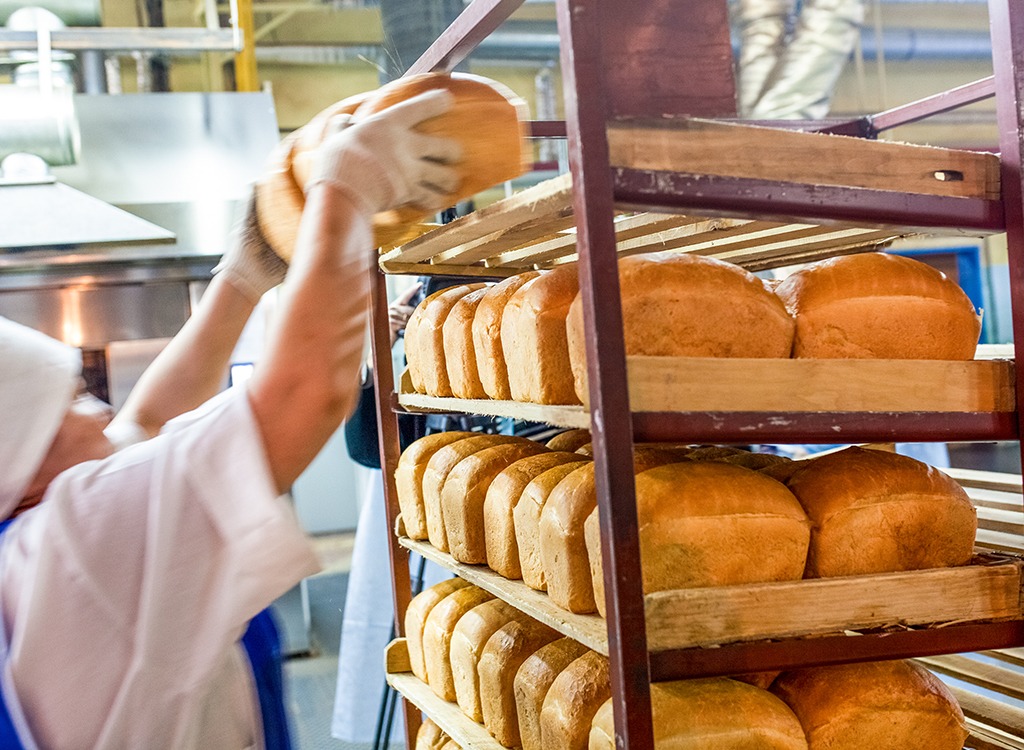
What started out as a home-based business became such a success in such a short amount of time that it soon moved out of the Rudkin's home and into their garage. In the first two years after Pepperidge Farm opened up shop, the company baked 500,000 loaves of bread. Just a decade after the company was founded, it moved from its original home base to a commercial facility in nearby Norwalk, Connecticut, allowing for rapid growth throughout the second half of the 20th century.
Campbell's is Their Parent Company

If you've ever wondered why Campbell's soups are so often advertised alongside Goldfish crackers, it's no coincidence. Margaret Rudkin sold the Pepperidge Farm brand to the Campbell Soup Company in the 1960s, earning herself a spot on the board — the first woman to ever occupy that role.
Goldfish Crackers Are Based on a Popular Swiss Snack

Goldfish crackers aren't actually an all-American invention. During a trip to Switzerland in the '60s, Margaret and Henry Rudkin discovered that fish-shaped crackers were a popular snack among the Swiss. She brought the idea back to the United States and the company began producing Goldfish shortly thereafter.
Pepperidge Farm Once Tried to Launch a Social Network

Facebook, Twitter, Instagram, and… Pepperidge Farm? Back in 2007, Pepperidge Farm tried their hand at the social media game, creating ArtoftheCookie.com, a website designed to help the brand's devotees connect with one another while celebrating their love of baked goods. The website has since shuttered.
The Brand is Built on Nostalgia
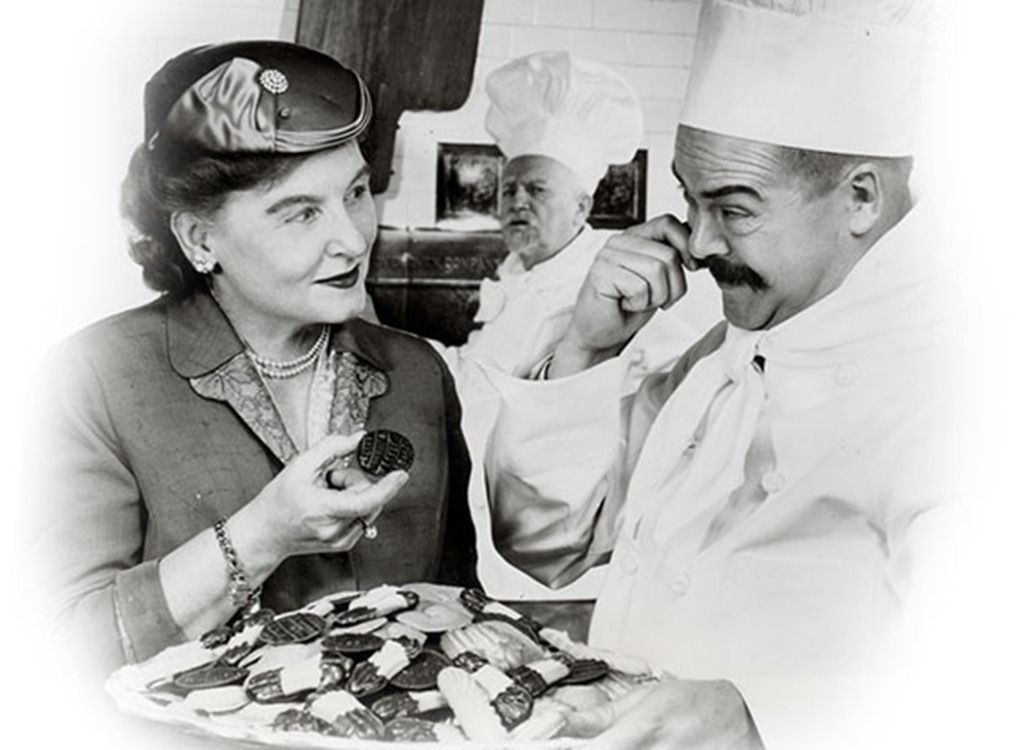
Pepperidge Farm spent many years as a home-grown business and has incorporated that fact into their branding for the better part of a century. In addition to using the same logo for over 60 years, the company's "Pepperidge Farm Remembers" and "Good is in the Details" campaigns have made it clear that the brand is all about evoking a sense of nostalgia for its customers.
Pepperidge Farm Sells Over $2 Billion Worth of Products Per Year

What started in a home kitchen in the 1930s has grown into a successful multinational corporation over the course of 80 years. Now available in 45 countries around the world, Pepperidge Farm now sells more than $2 billion worth of products each year. Discover how to make your own healthy baked goods at home with the 20 Best and Worst Baking Mixes!








